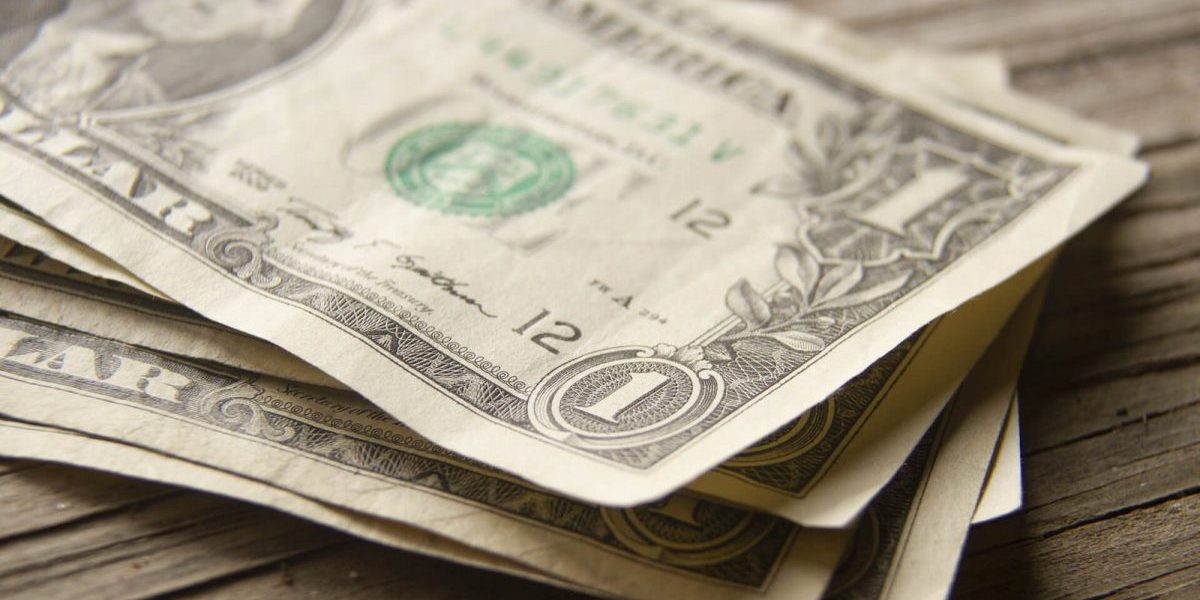Their argument is relatively straightforward. In the quest for macroeconomic stability driven by the growth, employment and reconstruction (Gear) policy, policymakers neglected exporters.
This is bad because, as Dani Rodrik of the Harvard group correctly observes, expanding our tradable manufacturing sector will increase output growth, absorb more lower-skilled labour and increase labour’s returns relative to capital. In simple terms, make your real exchange rate more “competitive”, and watch net job creation rise and inequality fall. This is SA’s Holy Grail.
But how? Yes, every empirical paper assessing SA’s manufactured export performance finds that the real exchange rate is a very strong determinant thereof. But there is always one puzzling caveat. Over the past 15 years or so our real exchange rate has depreciated, with only a moderate response from manufacturers and exporters. Some have prospered, but none is in the Asian Tiger league.
Why is this? Enter the widely held belief that it is not the level of the exchange rate that matters, but its (in)stability. Even here there is South African Reserve Bank and International Monetary Fund research suggesting otherwise, but businessmen have disagreed loudly. A stable exchange rate, even an overvalued stable one, makes long-term planning, especially for exporters, relatively simple. The sorts of risks South African firms (and prospective multinationals) have to manage because of our yo-yoing rand are anything but.
Nevertheless, there are still many good reasons to argue that our currency problems are not the biggest growth constraints we face. SA still saves and invests far too little (below 20% of GDP. China is above 40%). SA’s business infrastructure remains relatively inefficient (our ports move, on average, 17 containers an hour — best practice is 35; and our telecommunications costs are among the highest in the world). And the unpleasant fact remains that SA’s factory workers, when compared with East Asia’s, are unproductive.
An exchange rate that makes our exports cheaper on world markets would mask some of these problems, but it wouldn’t fix them. On the contrary, they’d probably worsen behind the cosseting a weak currency provides. Despite these risks, many argue — citing East Asian experiences — that in order to grow a developing country must engineer and maintain a stable, weak currency. They argue further that this is especially important in SA, which possesses few natural advantages in manufacturing (like scale).
We need all the help we can get from policymakers, right?
Perhaps. But in turning to the Reserve Bank for assistance one must realise that it is not nominal but real depreciation that make a difference. That is, the Bank would have to target the real exchange rate using an intermediate instrument (the nominal exchange rate). This is trickier than it sounds.
In SA, research shows that a weaker nominal exchange rate does not necessarily translate into a weaker real exchange rate, because nominal depreciation feeds through rapidly and almost completely into higher domestic prices, making it meaningless in real terms. Stopping such pass-through would require two things. First, major intervention by the Bank in currency markets would be required to weaken the nominal exchange rate. This would, in turn, mean large monetary inflows into the domestic economy. Unless these can be sterilised fully — selling securities to mop up the excess liquidity — the monetary impact will be inflationary. Such inflation would erode any competitiveness gains made in real terms.
Second — and this is well beyond the ambit of the monetary authorities —we would need to find a way to stop our labour market from responding to the higher cost of imported consumables (resulting from depreciation) with demands for higher wages (which is inflationary).
But what if the Bank could get it right? What if it could engineer and maintain a weaker real exchange rate? Production, exports, and job creation would receive a boost. The trade deficit would also ease.
But political addiction to this seemingly easy fix is a real risk, as governments often come to rely on it to deliver growth over the longer term. This is undesirable for many reasons, the most important being that a cheap currency, papering over big cracks, would stall much-needed, productivity-improving reforms in other areas. Over the longer run, productivity growth is all that matters.
All of this is not to say that a more neutral and more stable exchange rate is not in order: our trade deficit demands it, and there is no good reason to further disadvantage our exporters by allowing excessive currency strength. But it must be accepted that exchange rate management is a slippery slope. Even if the “how” can be figured out, the political incentives to go beyond maintaining a “natural equilibrium” are strong. So perhaps the best lesson we can learn from the East is not how to maintain an artificially weak currency, but how to find and maintain an effective balance.
Yin and yang are interdependent, opposing forces found in all things in the universe. That includes macroeconomic policymaking.
Bridging the gaps in world trade systems by Elizabeth Sidiropoulos, Andrew Cooper and Dirk Messner as featured in the Business Day, 26 March 2007






